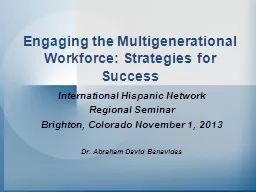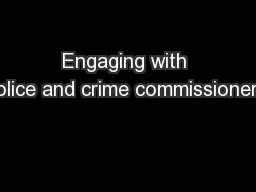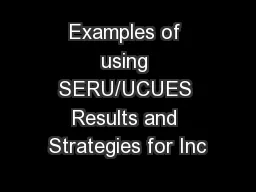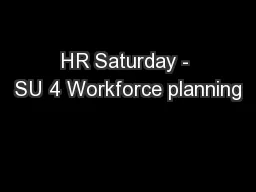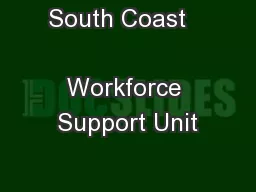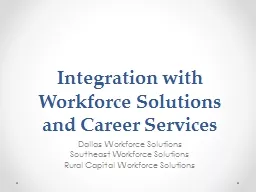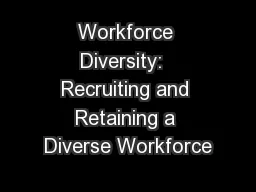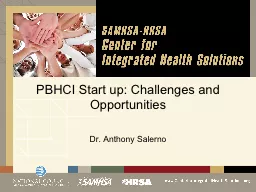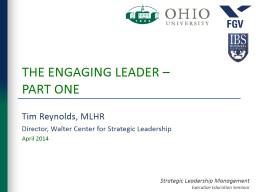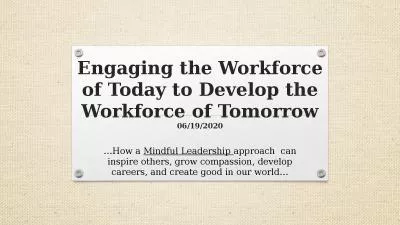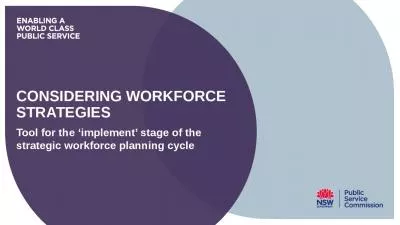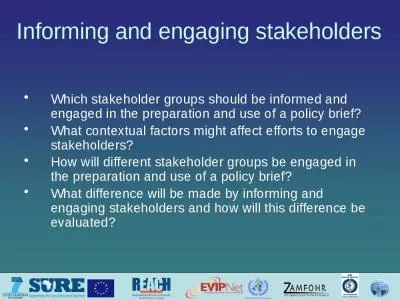PPT-Engaging the Multigenerational Workforce: Strategies for Su
Author : karlyn-bohler | Published Date : 2016-07-29
International Hispanic Network Regional Seminar Brighton Colorado November 1 2013 Dr Abraham David Benavides Professional Organizations Networking Opportunities
Presentation Embed Code
Download Presentation
Download Presentation The PPT/PDF document "Engaging the Multigenerational Workforce..." is the property of its rightful owner. Permission is granted to download and print the materials on this website for personal, non-commercial use only, and to display it on your personal computer provided you do not modify the materials and that you retain all copyright notices contained in the materials. By downloading content from our website, you accept the terms of this agreement.
Engaging the Multigenerational Workforce: Strategies for Su: Transcript
Download Rules Of Document
"Engaging the Multigenerational Workforce: Strategies for Su"The content belongs to its owner. You may download and print it for personal use, without modification, and keep all copyright notices. By downloading, you agree to these terms.
Related Documents

